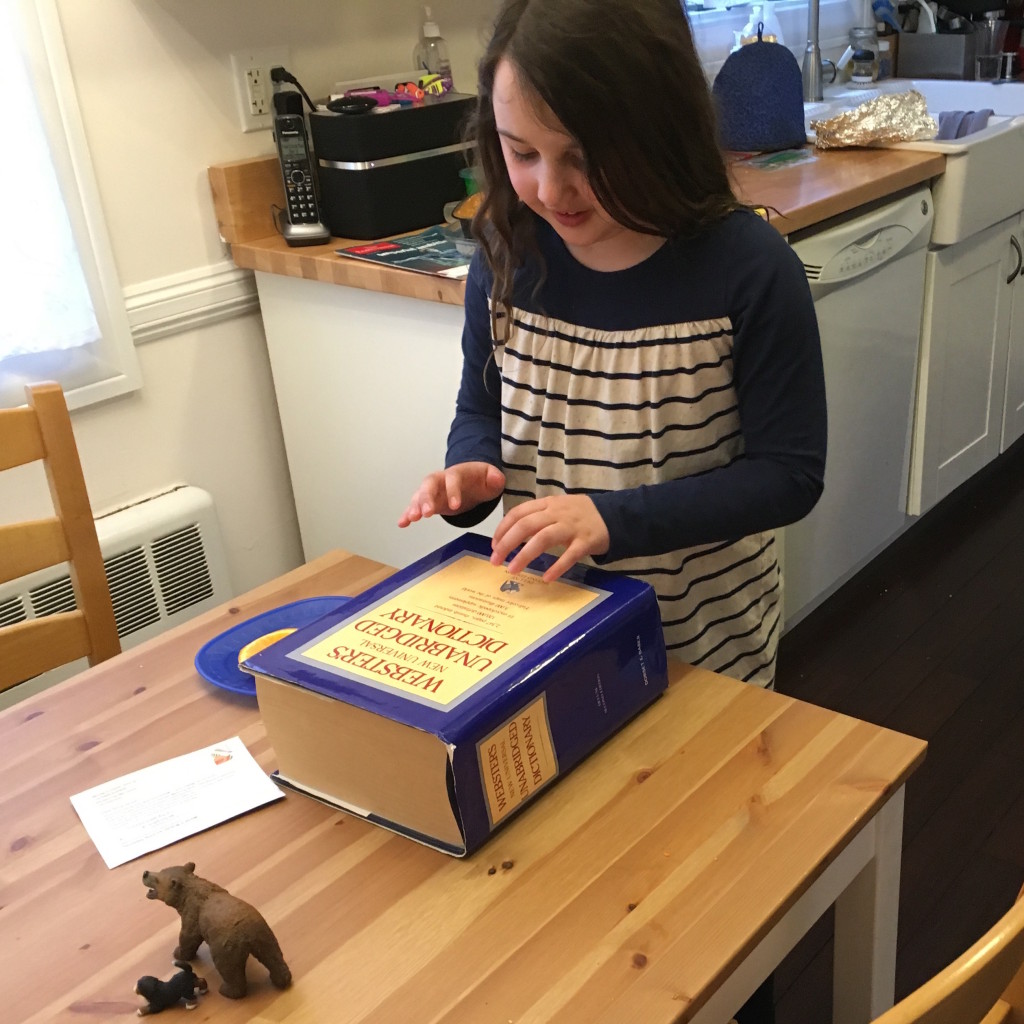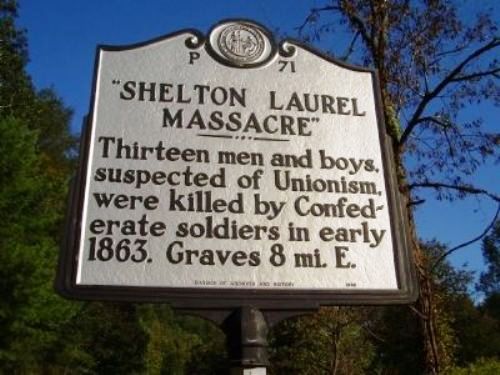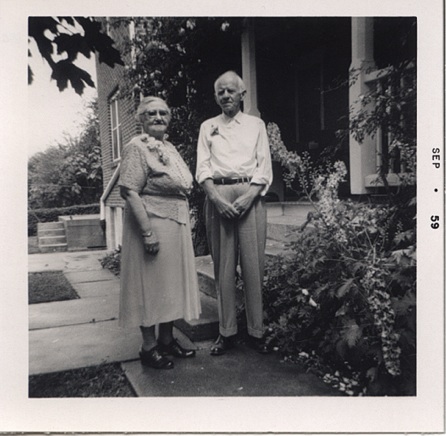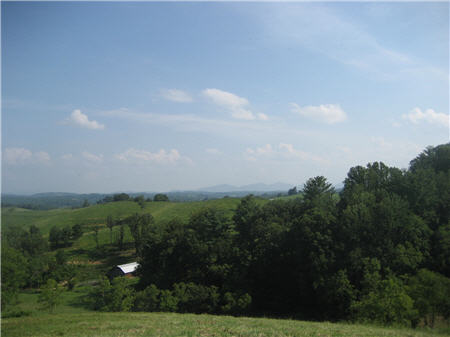Boom boom boom boom. Ten seconds’ wait, then: boom boom boom boom.
That is the opening of “Sarah was ninety years old,” one of Arvo Pärt’s most austere musical works. A drum beat, then silence, repeated over twenty-five minutes. Subtle variations in the times repay mathematical scrutiny, but only yield the pattern, not the meaning. But the drums are interrupted: once with a song of prophecy, once with an ecstatic cry of revelation, when Sarah learns that with God, all things are possible.
I think of “Sarah” often, but was most recently prompted to think of the work when I was in church on Sunday, listening to the faith story of a member of our congregation. (This is about as close to speaking in tongues as Congregationalists get, which is to say, not close at all.) And I reflected that, since returning to church a few years after college, my faith story has been like the drums and the waiting.
My practice of faith is ritualized. I sing in the choir, I observe the practices of communion and prayer. But often I feel as though I too am performing an activity with pattern, but not with meaning. I am waiting. Waiting for the prophecy, the revelation.
But there are occasionally moments of prophecy for me too. One came almost ten year ago, as I undertook a project of research to try to better understand my grandfather’s life in the wake of his passing (at ninety years old). (The Brackbill Wiki I was creating has moved since I started, by the way.) Searching for traces of my grandfather’s life, I was amazed to find this one, in an anthology of writing about experiences of boyhood:
The only man in my life who came close to resembling [Richard Chamberlain] was a gentle farmer who taught me Sunday school. Herman Brackbill was a large, soft-spoken, clean-shaven man who talked of love, even though it was God’s. His face was kind, his eyes warm and inviting. His hands were nicked, rough, large and comforting. On Sunday mornings he smelled of soap, Aqua Velva aftershave and a mothballed suit. I felt safe and relaxed just sitting next to him on the hard wooden pew. After church, I often went to the farm where Herman and his family lived. He never raised his voice to his wife or kids. He was fair. The farmhouse was peaceful inside and out. Once or twice I spent the night and imagined being part of his family.
The story: a young boy grows up in Lancaster County, Pennsylvania, and learns that he is gay. And somehow he learned life lessons from my grandfather, and had moments of peace and safety in the middle of a childhood that otherwise taught him fear and shame.
As I think about how my grandfather changed this man’s life for the better, just through those routine Sunday mornings of Sunday school classes and church attendance, I feel that flicker of revelation. Sometimes the bolt from above is not necessary to feel the presence of God—or share it. Sometimes it’s enough to honor the ancient drumbeat of daily Sundays, and wait.







